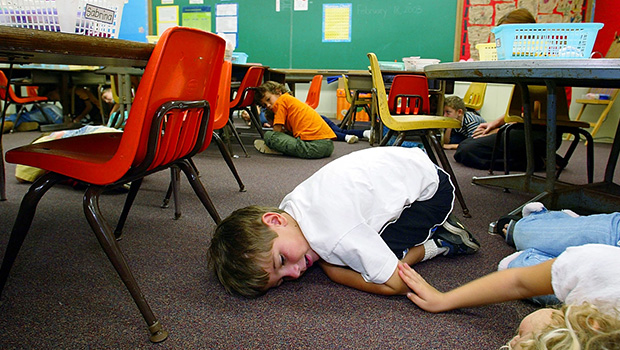“I was in school for Sandy Hook. I was in school for Columbine. We can’t act like it’s something that won’t happen when it’s an ever-present reality for us,” CEA President Kate Dias told Where We Live host Catherine Shen in a Connecticut Public Radio interview about the increasing regularity of school shootings as well as the lockdown drills meant to keep children and school personnel safe.
“We think about it at the beginning of the year when we’re setting up our classrooms. We think about it when there’s an incident.”
In the aftermath of last year’s school shooting that claimed 21 lives in Uvalde, Texas, Dias recalls, “I talked to colleagues who said, ‘I’m out on the playground assessing where our points of protection and shelter are, and how I would move the kids.’ ‘Where can I position bookcases in my classroom so that I can barricade the door if I need to?’ We think of these things as we establish our classrooms, and we consistently assess whether we have what we need where we need it. There’s an awesome sense of responsibility when you have other people’s children and their safety in your hands.”
But school lockdown drills have a downside—the potential to create fear and trauma for children and teachers practicing for worst-case scenarios.
“It’s one of the saddest things in the world that educators have to think about this,” Dias said. “We love our students; we care about them deeply. The fact that we have to contemplate someone shooting at them or attacking them is overwhelming.”
Dias was joined on air by developmental-behavioral pediatrician Dr. David J Schonfeld, director of the National Center for School Crisis and Bereavement at Children’s Hospital Los Angeles and former member of the Sandy Hook Advisory Commission, and Mo Canady, executive director of the National Association of School Resource Officers.







